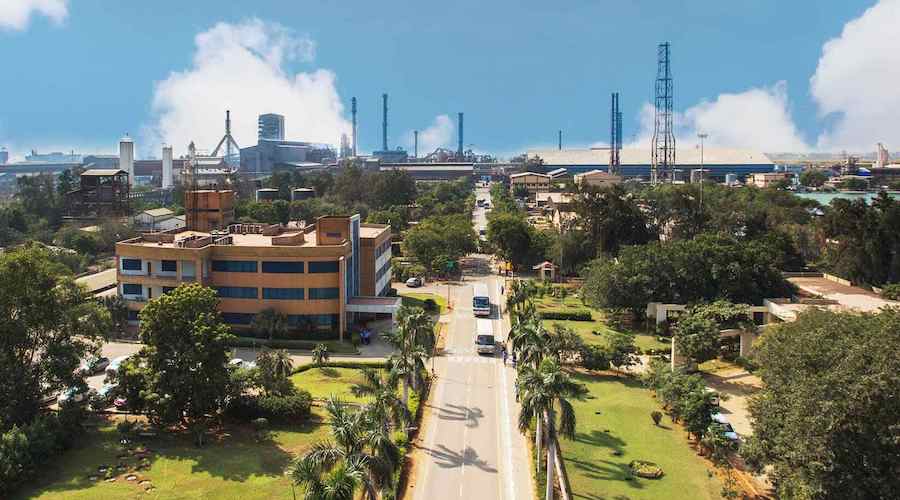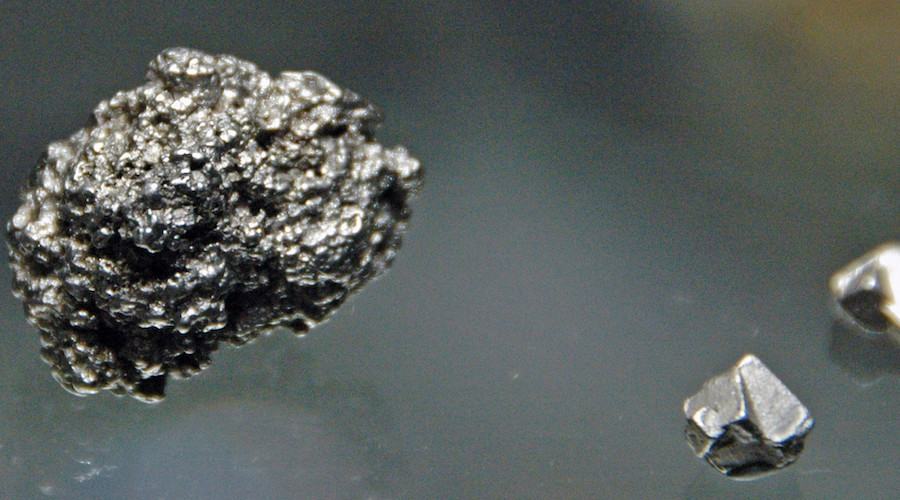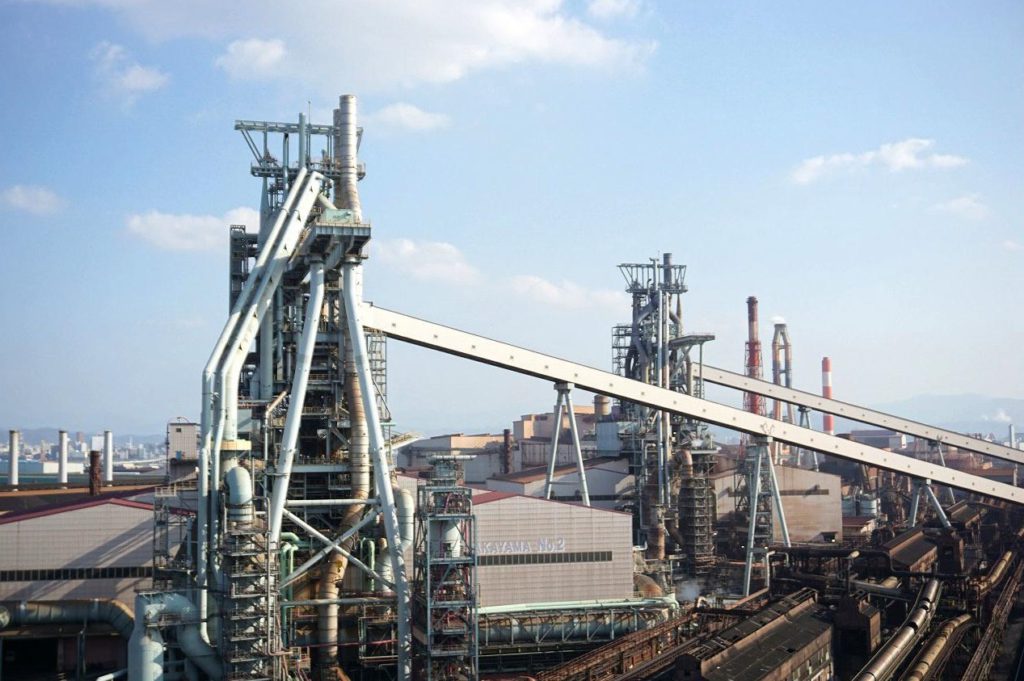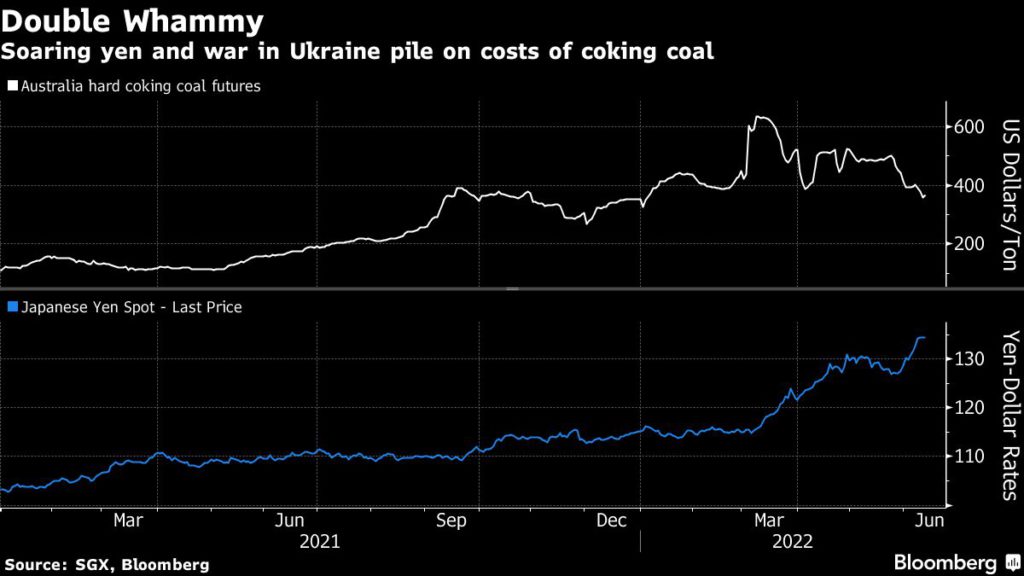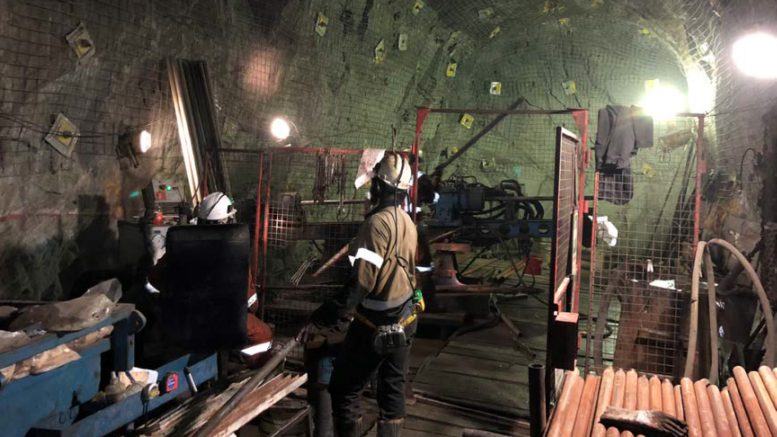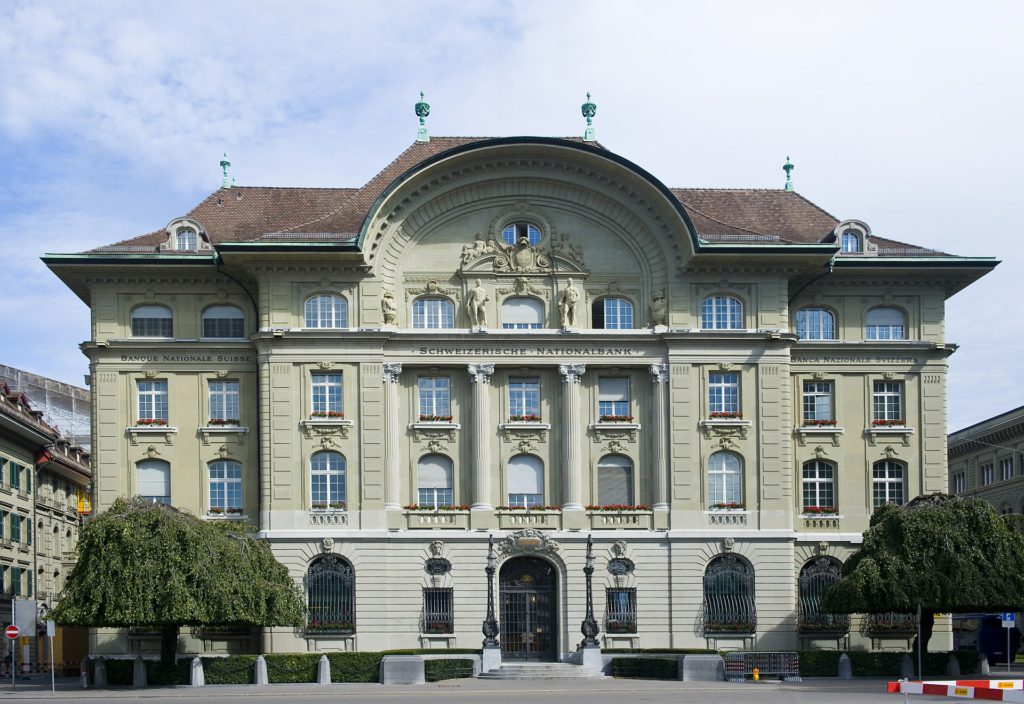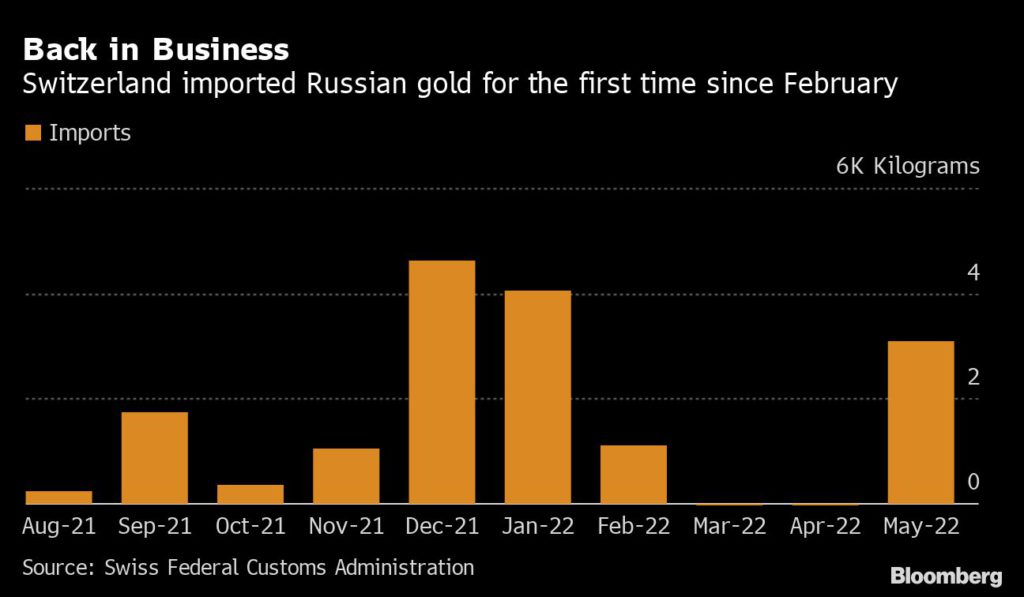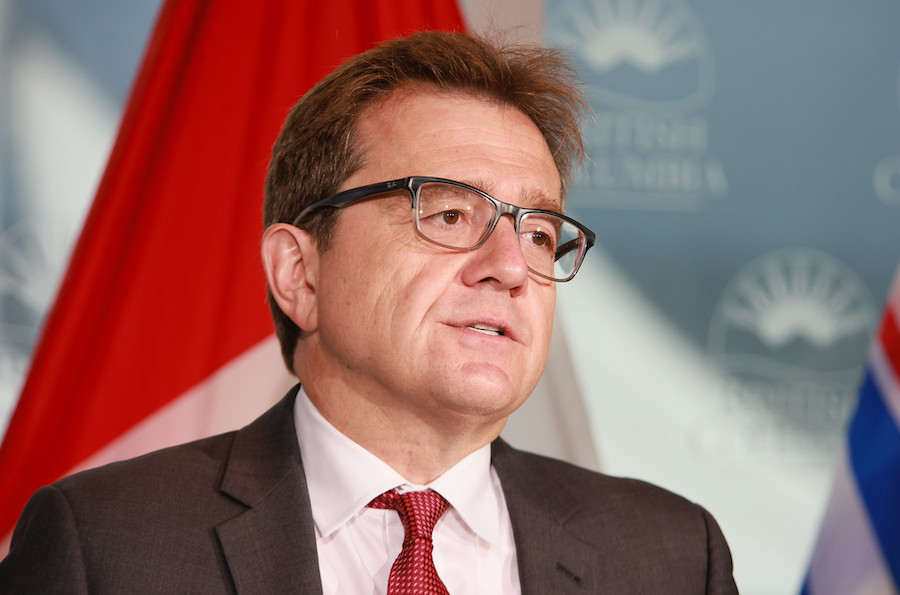The UN experts documented multiple rapes, killings and forced labor by the groups.
Bloomberg News | June 19, 2022
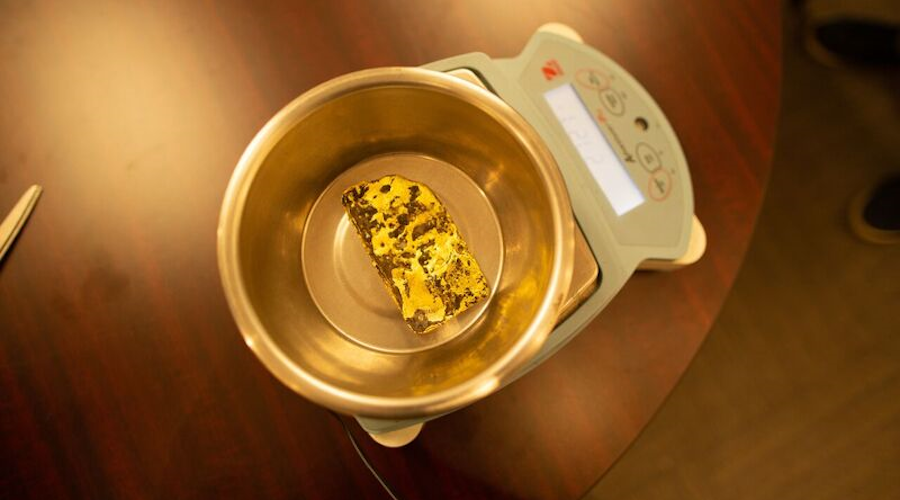
DRC gold. (Image by USAID Land, Flickr).
Governments need to improve and make public their gold trade data to help stem smuggling and violence around mines in eastern Democratic Republic of Congo, the United Nations independent group of experts on Congo said in their annual report Friday.

The report documented inter-ethnic fighting over gold deposits and widespread mineral trafficking involving armed groups and security forces across Congo’s border with Uganda, Rwanda, Burundi and Tanzania. The experts also traced gold to Dubai and India, with Chinese nationals involved in the trade as well.
The report recommended that UN member states “publish, on a yearly basis, complete production statistics, and complete and disaggregated statistics, on the import and export of natural resources, including gold, coltan and tourmaline.” Coltan is used in mobile-phone batteries, and tourmaline is a gemstone.
Congo’s natural resource trade has fueled conflict in its mineral-rich east for more than two decades, but high gold prices since 2020 have led to a surge in informal gold mining.
The violence has been particularly acute around the massive Mongbwalu gold deposits in Congo’s Ituri province, where rebels from the Cooperative for the Development of Congo, or CODECO, which says it represents the interests of the Lendu community, have fought with a rebel group called Zaire, which says it represents the Hema community.
The UN experts documented multiple rapes, killings and forced labor by the groups.
CODECO also kidnapped eight Chinese nationals involved in gold mining for about a month at the end of 2021, causing the Chinese embassy to advise its citizens to leave Congo’s eastern provinces. The mines ministry responded by prohibiting the involvement of foreign nationals in artisanal mining, which makes up a large portion of the gold production in eastern Congo.
Congo Gold Raffinerie Sarl is set to launch the country’s sole gold refinery this year in the eastern city of Bukavu, and its owners told the experts that it will source gold only from “credible cooperatives” and “green” sites approved by the government that have no links to armed groups.
The company told the group it hoped to refine around two tons of gold monthly.
(By Michael J. Kavanagh)
